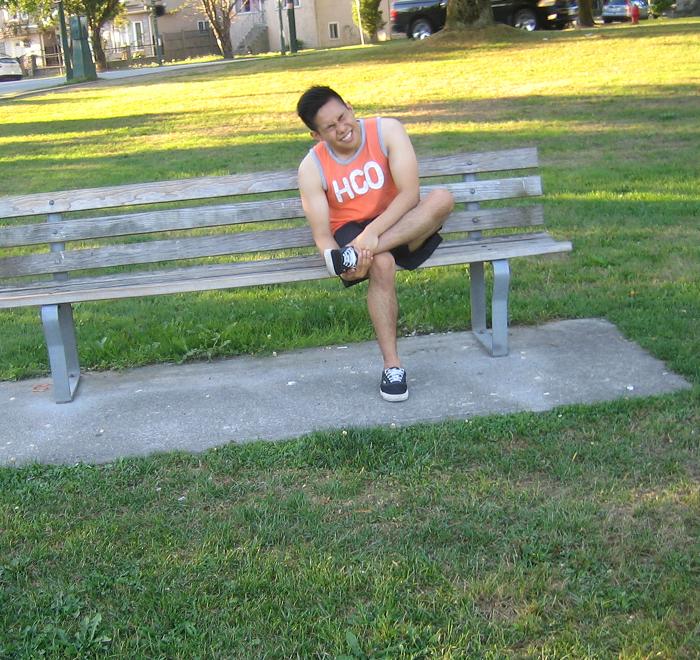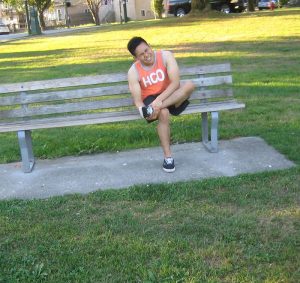A heel spur is bony growth of the bone of the heel or calcaneus bone. They are located at the back of the heel or under the heel, below the sole of the foot.
Heel spurs are calcium deposits under the heel bone that accumulates over many months. They are caused by straining of the foot muscles and ligaments.
What is the cause?
- Poor fitted shoes with no proper arch support
Apply cold compress on the affected heel to lessen the pain and the inflammation. - Arthritis
- Bruising of the heel
- Overweight and obesity
- Improper way of walking puts excessive stressing of the heel bone, ligaments and nerves on the heel.
- Wearing flip-flops very often
- Worn-out shoes
- Jogging or running on hard surfaces
Symptoms
- Intermittent or chronic pain during jogging, walking or running
- Pain feels like a knife or pin sticking on the bottom of the feet especially when standing up in the morning or getting out of the bed.
- Severe pain when standing up from a prolonged periods of sitting.
Treatment of a heel spur
- Take plenty of rest especially after a prolonged standing and other activities.
- Apply cold compress on the affected heel to lessen the pain and the inflammation. Wrap an ice pack in a towel before placing to the area for at least 10 minutes at a time.
- Put extra cushioning or insoles inside the shoes to lessen the pain when walking and standing. Use heel cup inserts for cushioning of the heel and proper alignment of the bones of the foot.
- Wear comfortable and properly fitting shoes to lessen the amount of pressure placed on the heel spur and lessen pain and discomfort. Wear shoes with firm support for the heel; moderate flexibility or having a gradual bend with some resistance when the foot is flexed or bend and slightly elevated heel at least 1 inch high to lessen pressure on the painful heel.
- Prescribed custom orthotics or molded shoe inserts to prevent rolling of the foot and extra support for the heel.
- Prescribed over-the-counter pain medications to lessen the pain and the inflammations.
- Wear prescribed night splints to improve the condition while sleeping. Night splints are connected to the injured ankle, foot and leg simultaneously. It stretches the plantar fascia ligament and lessens the pain. It also stretches the calf muscles and supports the arch of the foot. Use night splint every night for fast healing of the condition.
- Perform rehabilitation exercises with the help of the physical therapist for some stretches especially before going to bed at night
- Prescribed corticosteroid injections on the heel spurs to lessen the pain the inflammations and for fast healing of the condition.
FACT CHECK
https://www.medicinenet.com/heel_spurs/article.htm
https://www.healthline.com/health/heel-spurs
https://www.webmd.com/pain-management/heel-spurs-pain-causes-symptoms-treatments#1


